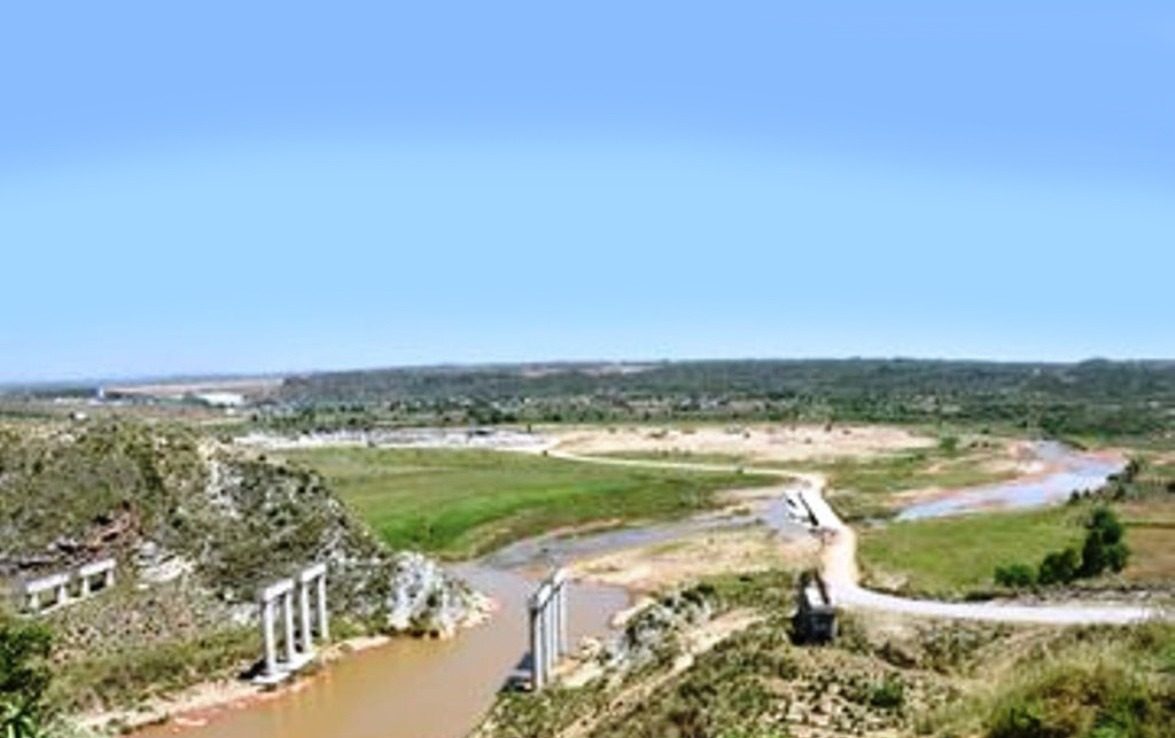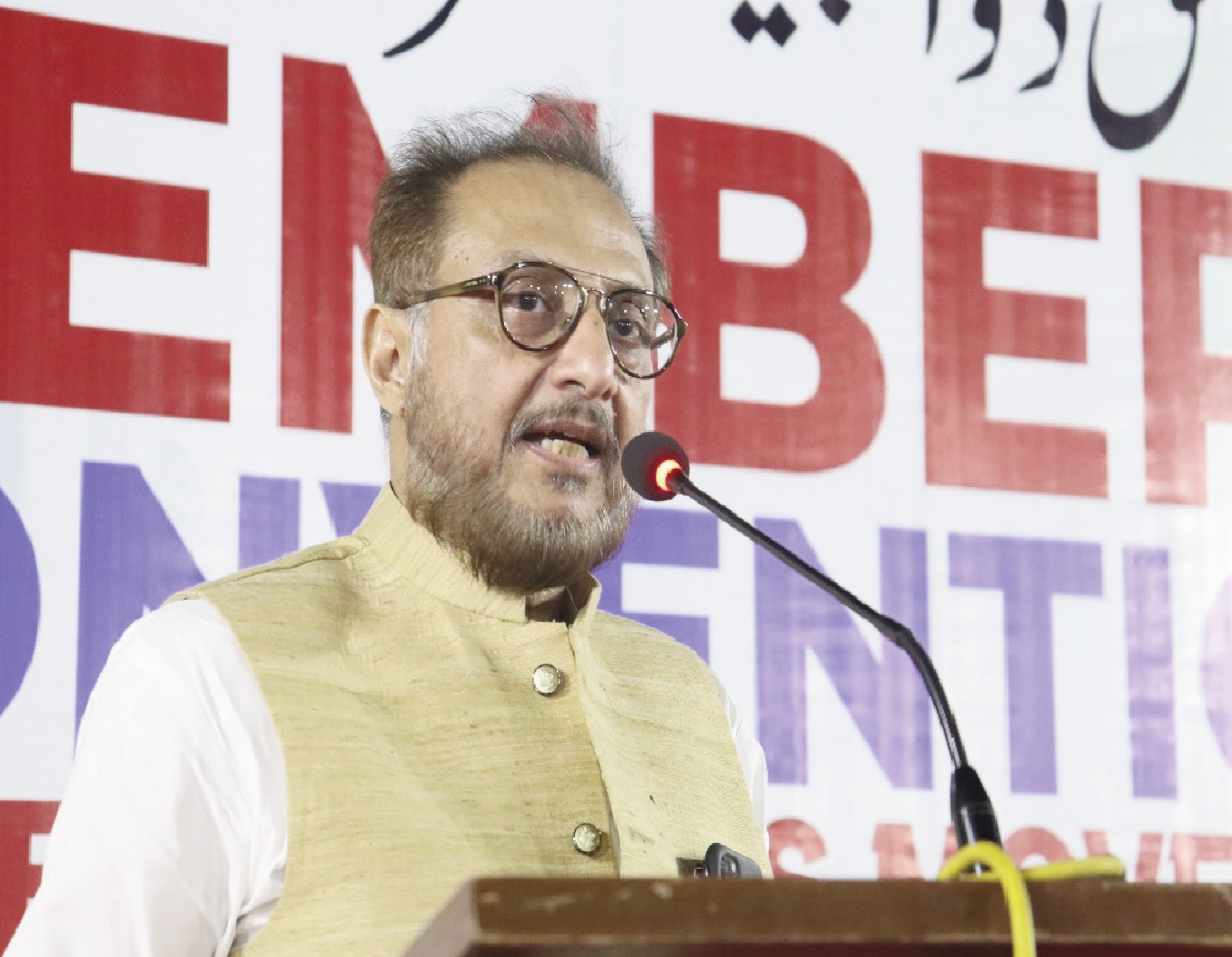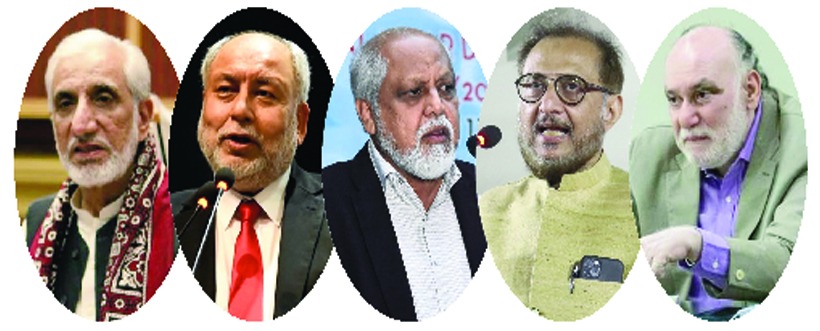Fast Cables: Aiming to empower communities through sustainable development. Govt should facilitate, provide a level playing field to local companies: Kamal Mian
We are very serious about focusing on our core business and its quality. We manufacture PVC, copper, and aluminum rods, […]





